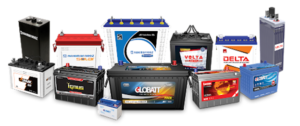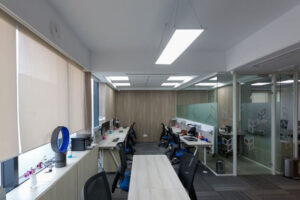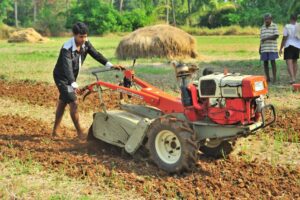Products for Business & Agriculture
The main industries in Algeria include hydrocarbons, including oil and gas, energy and renewable energy, phosphate, fertilizers, and minerals, as well as information and communication technology, public works and infrastructure development, tourism-related facilities, healthcare, and the agricultural sector.
According to a business consultancy research report, Cereals and potatoes rank among Algeria’s top agricultural exports. Around 4.3 million metric tons of potatoes were produced in the nation in 2021, while about 2.2 million metric tons of wheat were produced. Watermelons, onions, and tomatoes were among of the nation’s other important agricultural crops. Major cities, tourism, and historical sites
There are 58 provinces, 553 districts, and 1,541 municipalities in Algeria. The capital, which is typically the biggest city, serves as the name for each province, district, and municipality. The principal cities include Algiers, Oran, Constantine, Annaba, Blida, Batna, Djelfa, Sétif, Sidi Bel Abbès, Biskra, etc.
of the Hammadid empire, the Casbah of Algiers, a significant citadel; Tipasa, a Phoenician and later Roman town; Djémila and Timgad, both Roman ruins; M’Zab Valley, a limestone valley including a sizable urbanized oasis. The Tassili n’Ajjer mountain range is the sole natural World Heritage Site.
Minerals and Important Products/Items
Algeria has been a member of OPEC since 1969, and its economy is heavily dependent on oil. Although it produces roughly 1.1 million barrels of crude oil per day, it is also a significant producer and exporter of gas with connections to Europe. For a very long time, hydrocarbons served as the foundation of the economy, contributing nearly 60% of budgetary revenues, 30% of GDP, and 87.7% of export income. Algeria is the sixth-largest gas exporter in the world and has the tenth-largest natural gas reserves. According to the U.S. Energy Information Administration, Algeria had proved natural gas reserves worth 4.5 trillion cubic meters in 2005. In terms of oil reserves, it comes in 16th.
Finance & Economics
Algeria’s currency is the dinar (DZD). The economy remains dominated by the state, a legacy of the country’s socialist post-independence development model. Algeria has a cushion of $173 billion in foreign currency reserves and a large hydrocarbon stabilization fund. In addition, Algeria’s external debt is extremely low at about 2% of GDP. The economy remains very dependent on hydrocarbon wealth, and, despite high foreign exchange reserves (US$178 billion, equivalent to three years of imports), current expenditure growth makes Algeria’s budget more vulnerable to the risk of prolonged lower hydrocarbon revenues.
Industries & Industrial Goods
According to a business consultancy report, the industries of Algeria, which traditionally have been concentrated around Algiers and Oran, have included carpet mills, cement factories, chemical plants, automobile assembly plants, food-processing installations, oil refineries, soap factories, textile plants. Other major industries have produced bricks and tiles, rolled steel, farm machinery, electrical supplies, machine tools, phosphates, sulfuric acid, paper and cartons, matches, and tobacco products.
For more details, please Contact Us.
or, WhatsApp Us: +880 1713222363



